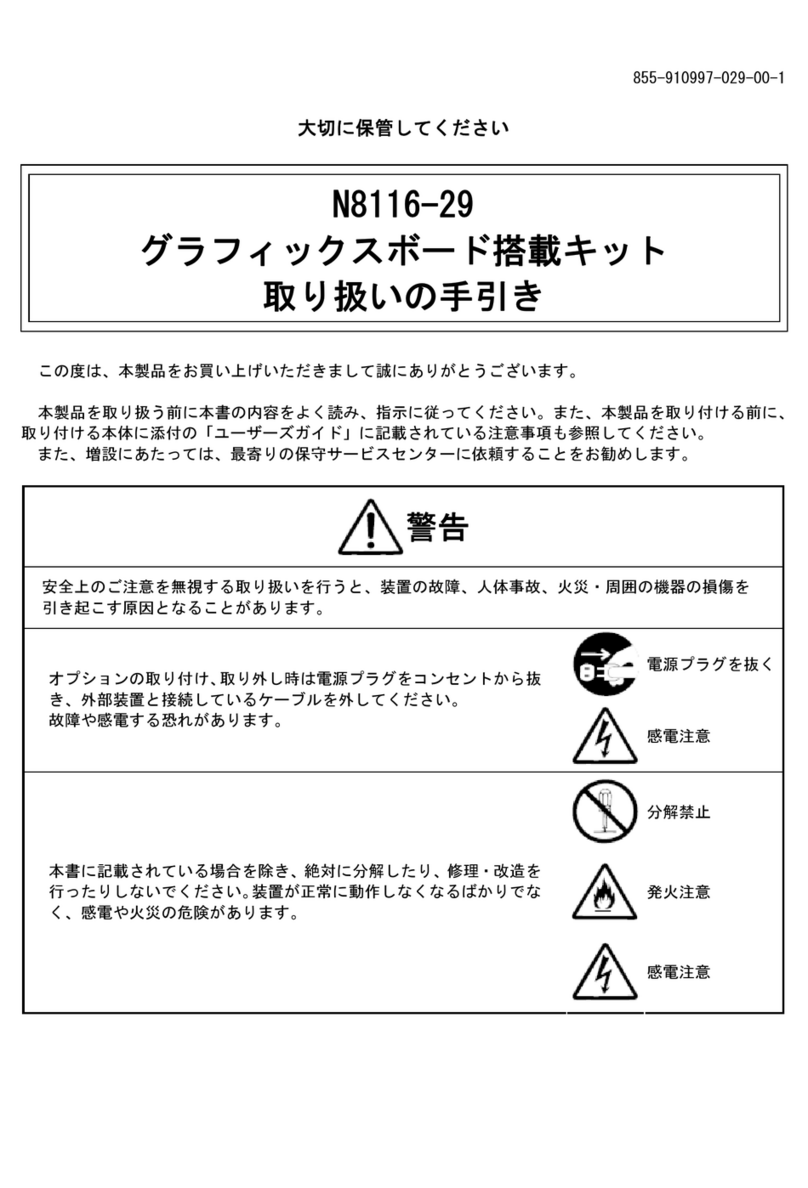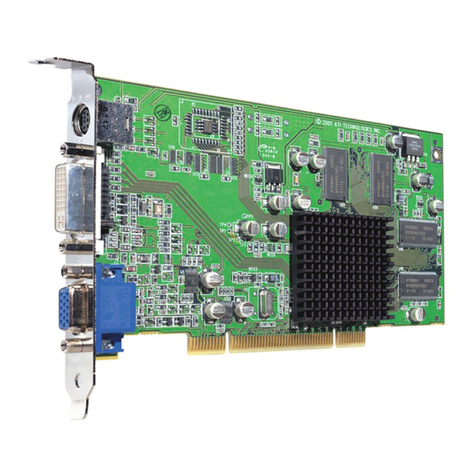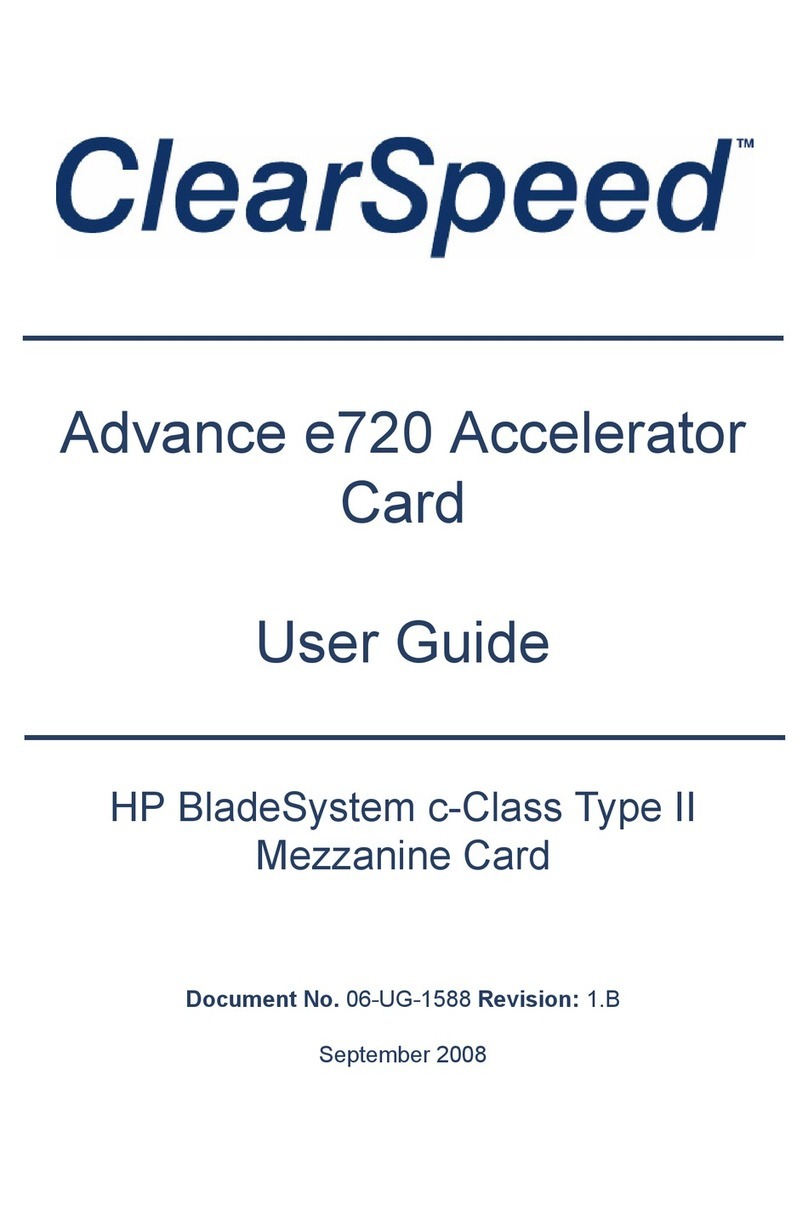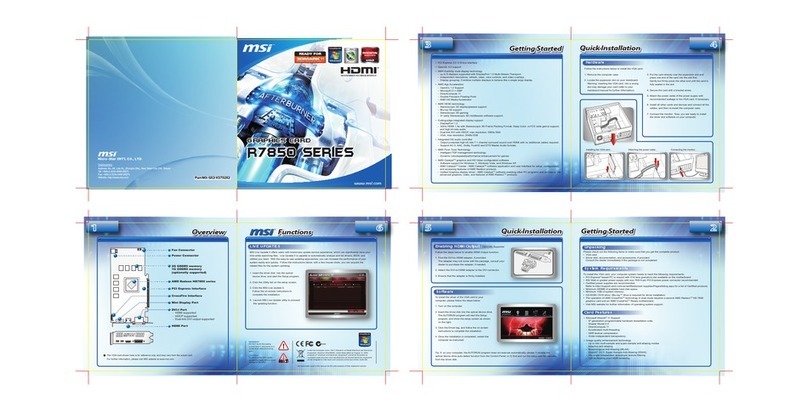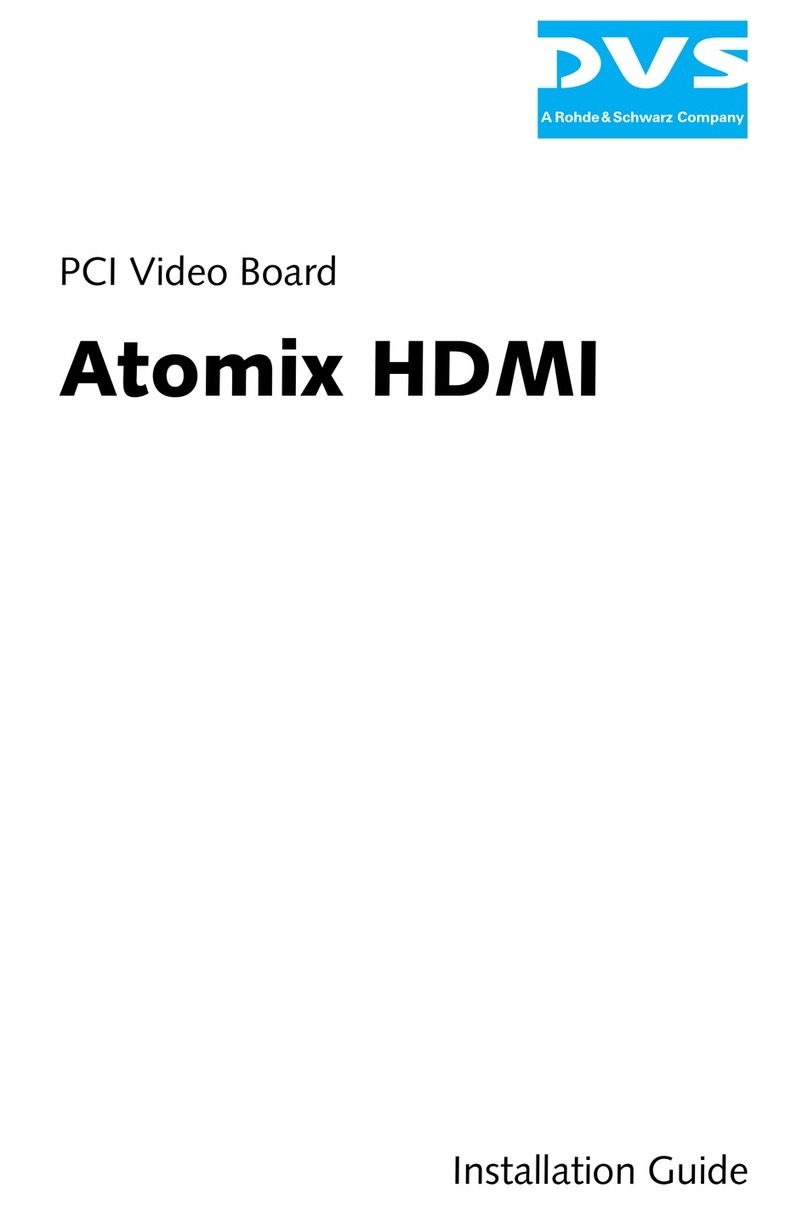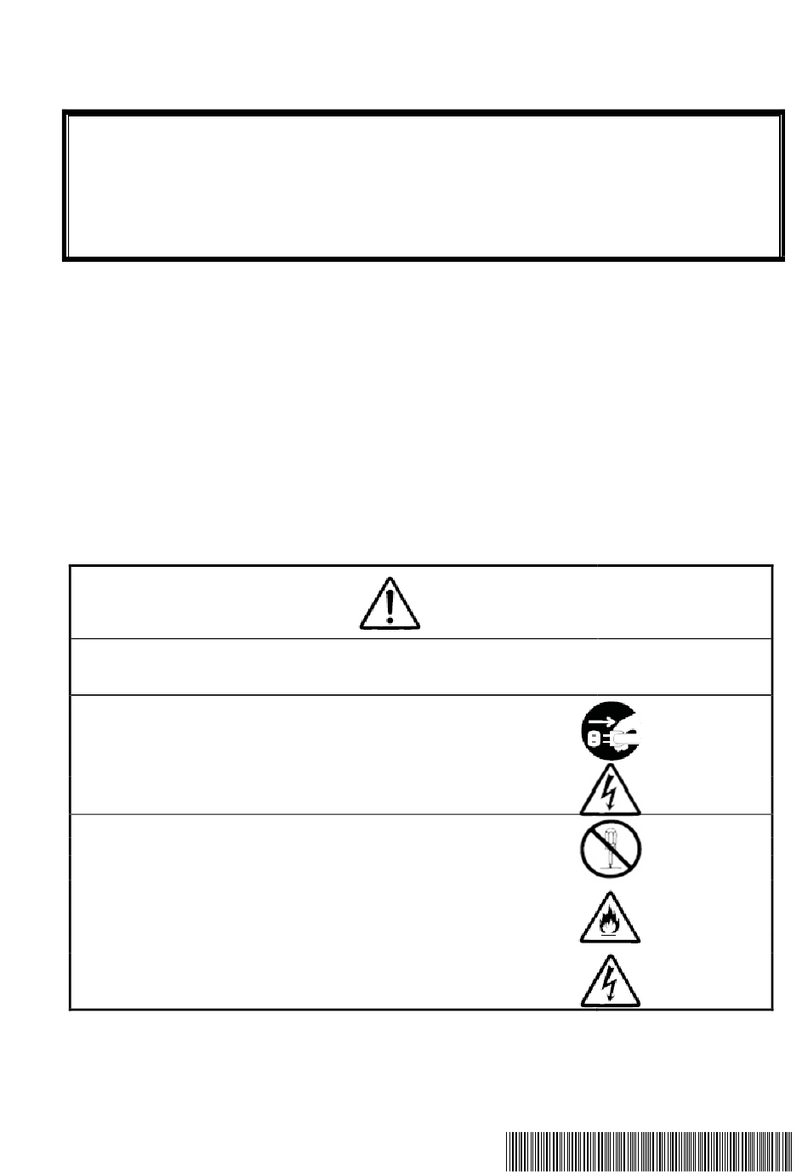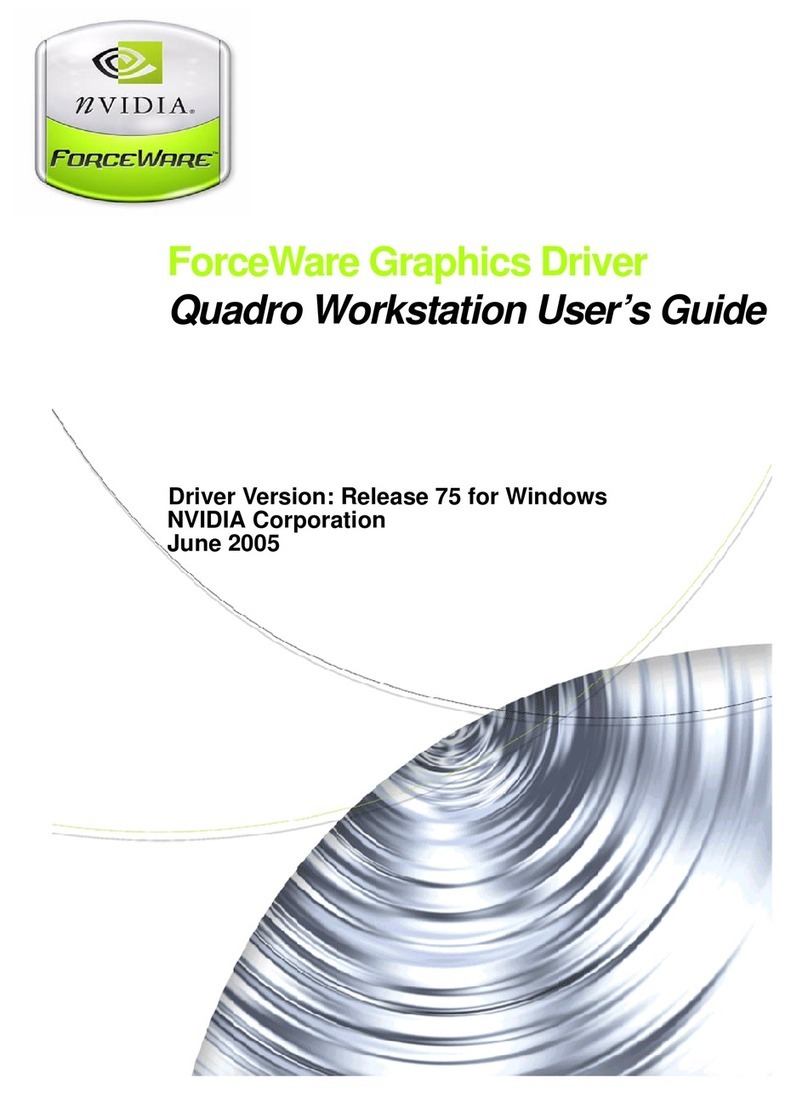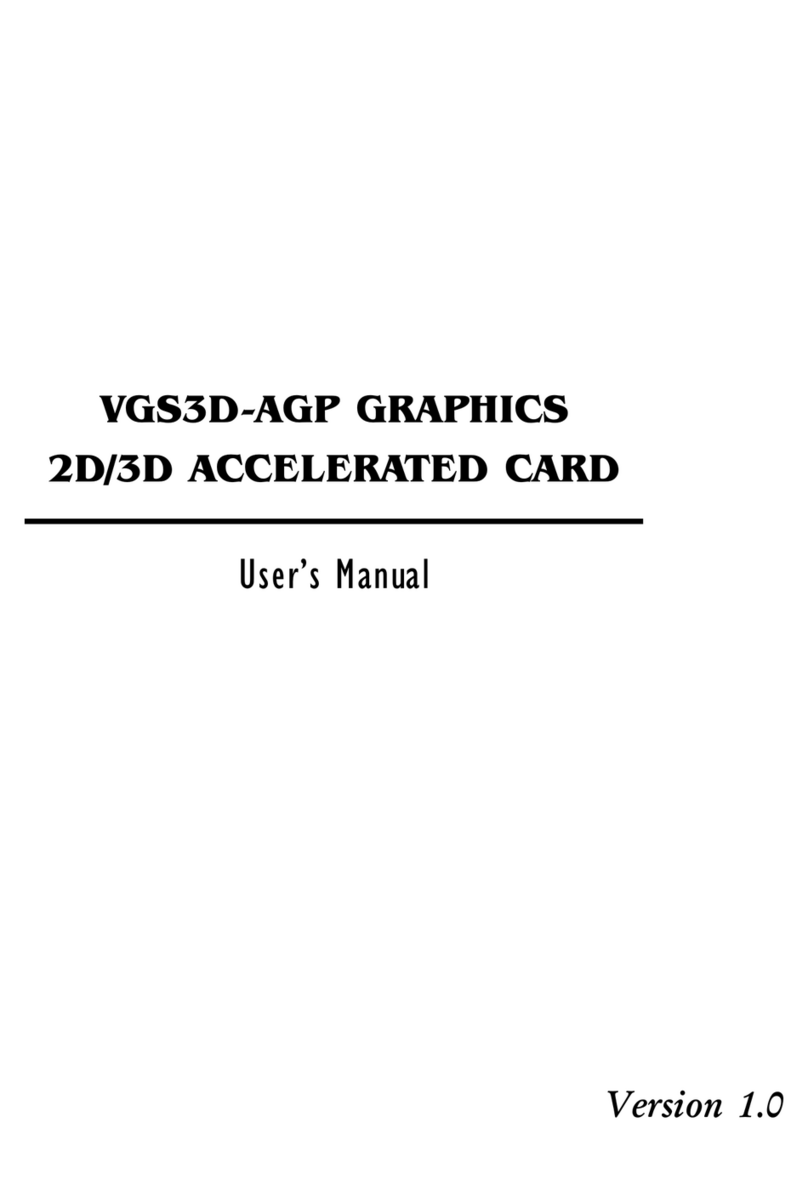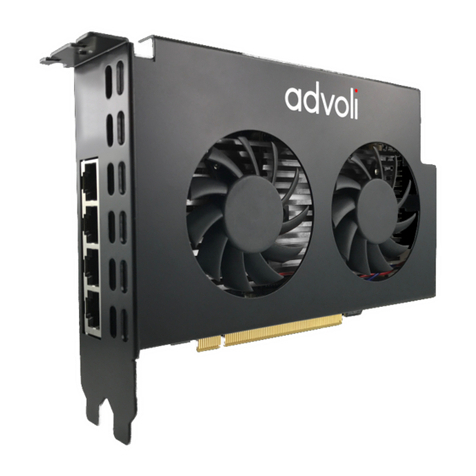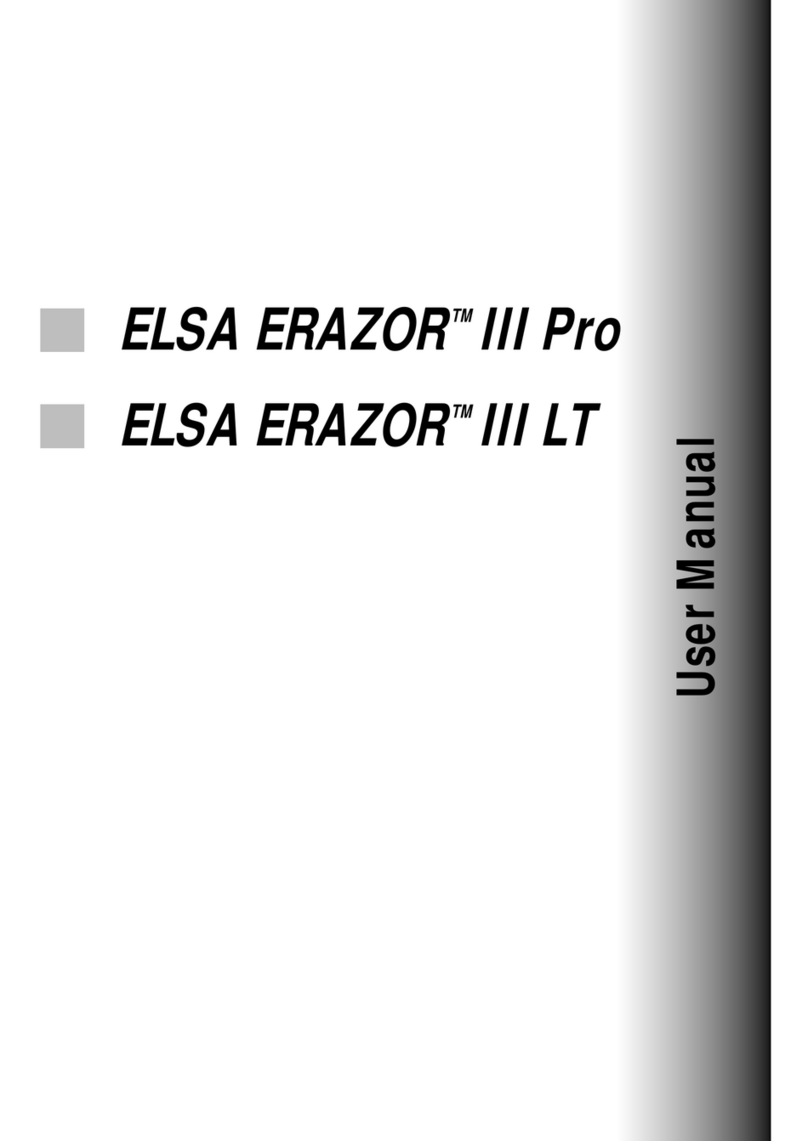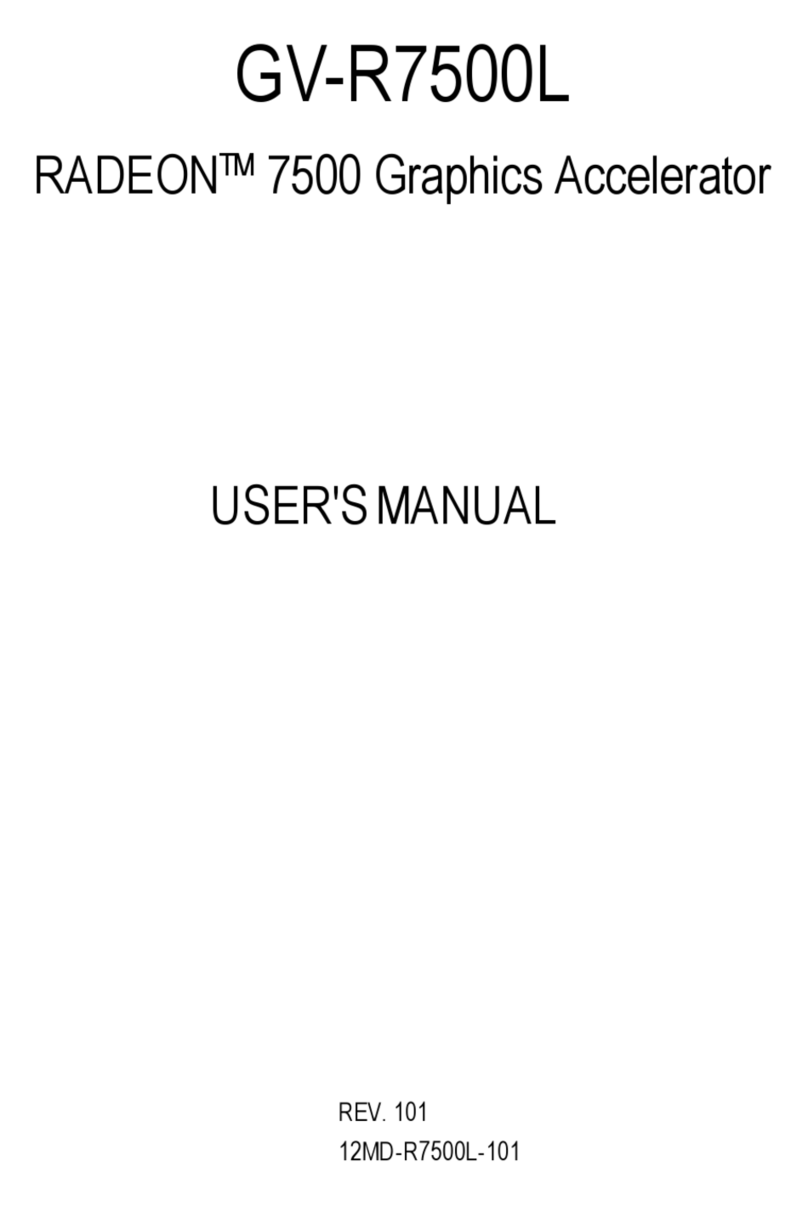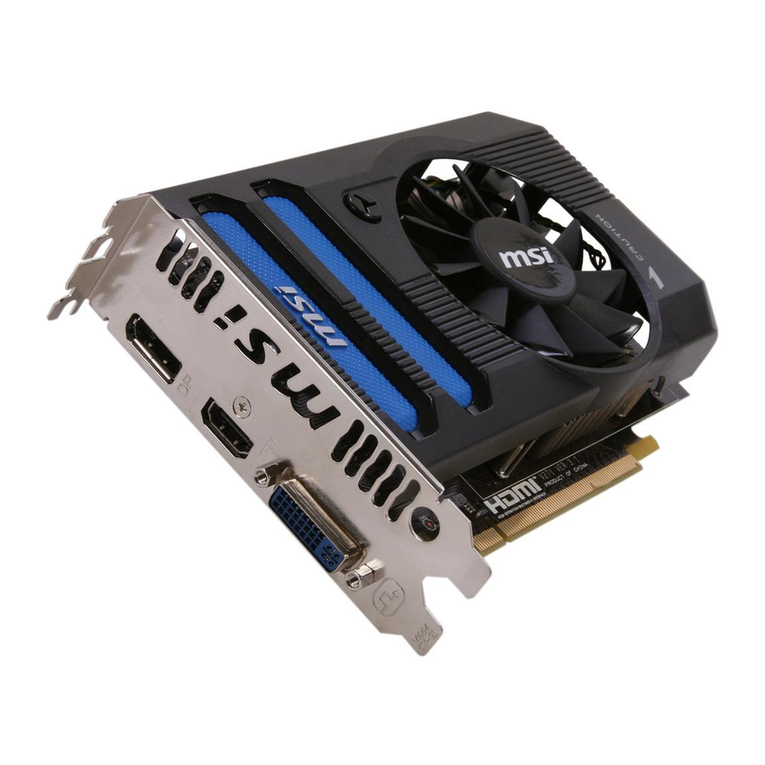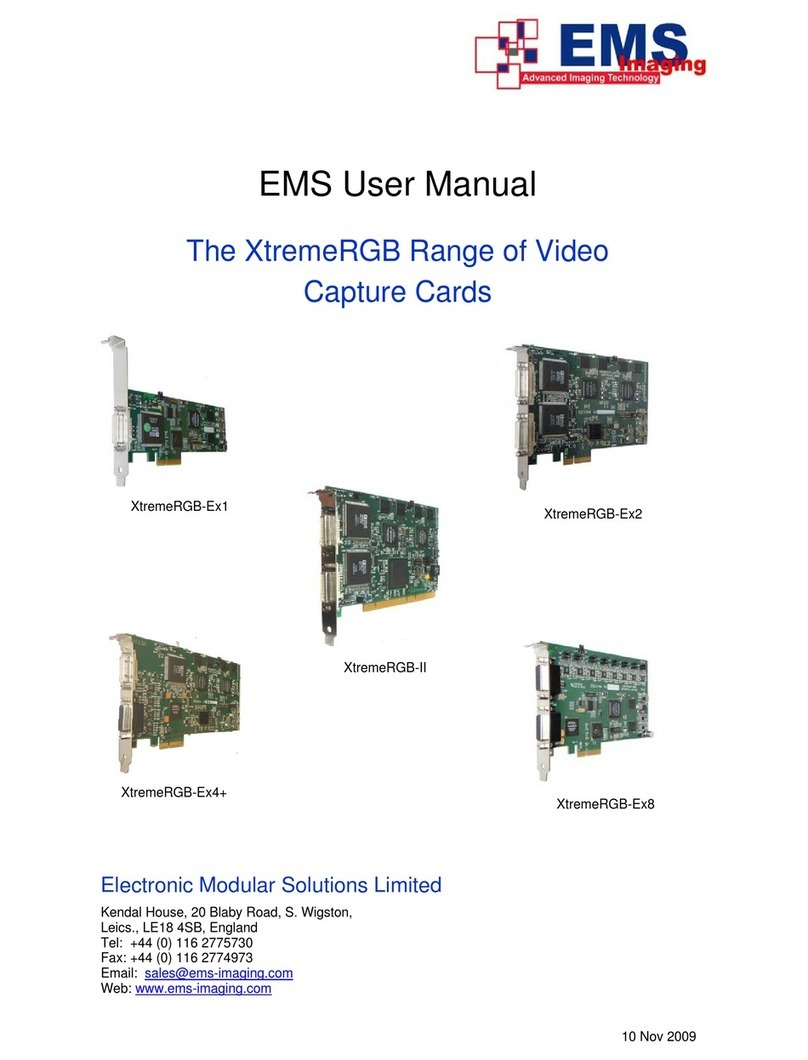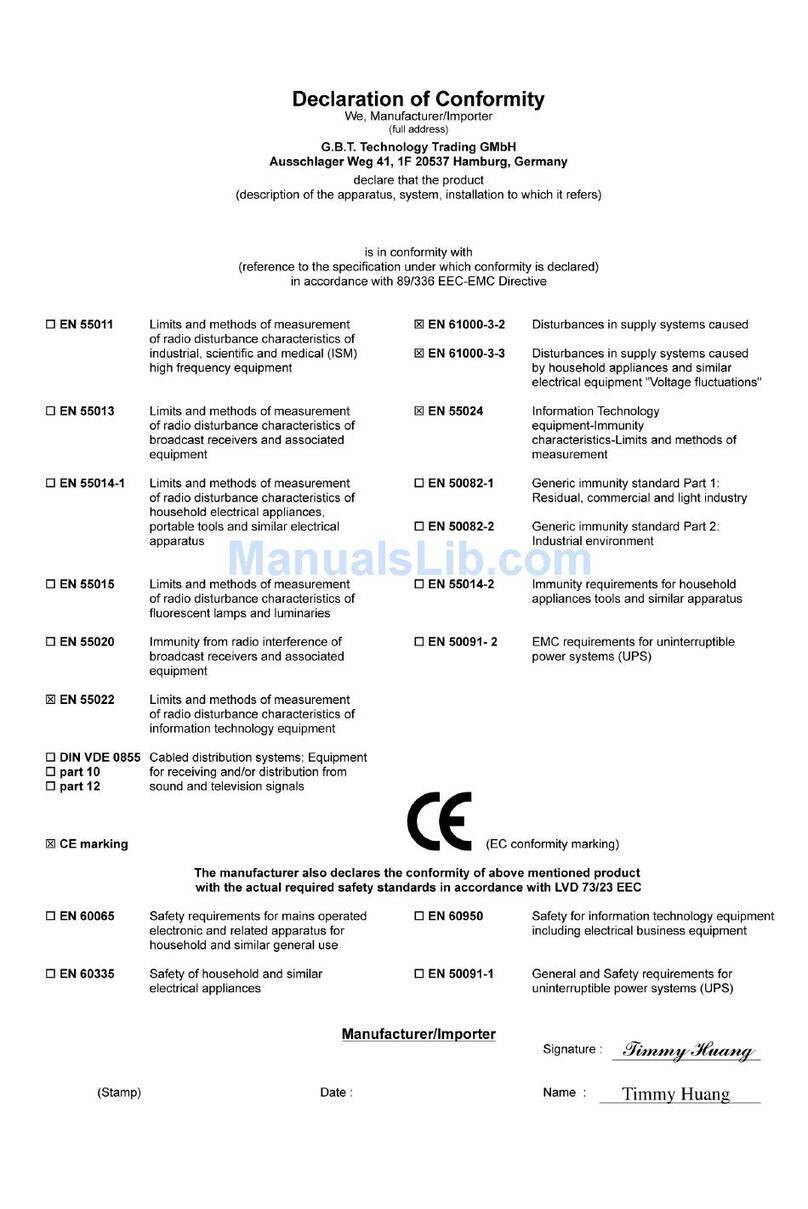
Table
of
Contents
and
Illustrations
Contents Appendix B
Video Card Connector
Chapter 1 Pin Assignments ......................
B-1
Video Card Overview .......................
1-1
Introduction .................................
1-1
Before You Install Your New Illustrations
Micron Video Card ..................
1-1
Video Card Features ................... 1-2
1-1
Micron Xceed
Recommended Tools for MacroColor 30 Video Card ...... 1-3
Video Card Installation ............ 1-2
Technical Specifications .............. 1-3
2-1
SE/30 TORX Screw Locations ....
2-1
Chapter 2 2-2 Separating the
SE/30 Case .............................
2-1
Installing the Video Card .................
2-1
Protecting Against
Static Electricity .......................
2-1
2-3 SE/30 Internal Components
and High Voltage Areas .......... 2-2
2-4 SE/30 Processor Direct
Gaining Access to the
SE/30 PDS Expansion Slot .....
2-1
Slot (PDS) Location ................ 2-3
2-5 Video Card Installation ................ 2-4
Installing the Video Card ............. 2-3
Reassembling Your SE/30 .......... 2-6 2-6 Location of Expansion Port
Bracket on SE/30 Frame ......... 2-5
Installing the Video Card
in
the Macintosh llsi ................ 2-6
2-7 Connecting the Video Card
Cable Assembly to the
Chapter 3 Expansion Port Bracket .......... 2-5
Using the Video Card .......................
3-1
3-1
Control Panels Screen ................ 3-2
The siZER Program ....................
3-1
Configuring the 3-2 Selecting the
Monitor Characteristics ........... 3-3
System Software ..................... 3-2
Chapter 4
4-1
Selecting the
Virtual Video C-dev .................
4-1
Micron Utility Software ....................
4-1
4-2 Virtual Video Features ................. 4-2
The Virtual Video Feature ...........
4-1
Using Virtual Video ...................... 4-3
The "YAH" FKEY ......................... 4-4
MonitorXCEED Gamma
4-3 Choosing the Virtual
Desktop Size ........................... 4-2
4-4 Reselecting Your
Monitor of Choice .................... 4-3
Color-Correction Utility ............ 4-4 4-5 Monitors
Window-
Using MonitorXCEED .................. 4-5 Selecting MonitorXCEED ........ 4-4
4-6 Monitor Selection Window ........... 4-5
Chapter 5 4-7 The MonitorXCEED Window ....... 4-6
Common Problems ..........................
5-1
What to Do ..................................
5-1
4-8 Accessing Saved
Gamma Tables ........................ 4-7
Appendix A
B-1
SE/30 Video Cable
Glossary ...........................................
A-1
Connector Bracket ..................
B-1
iv

